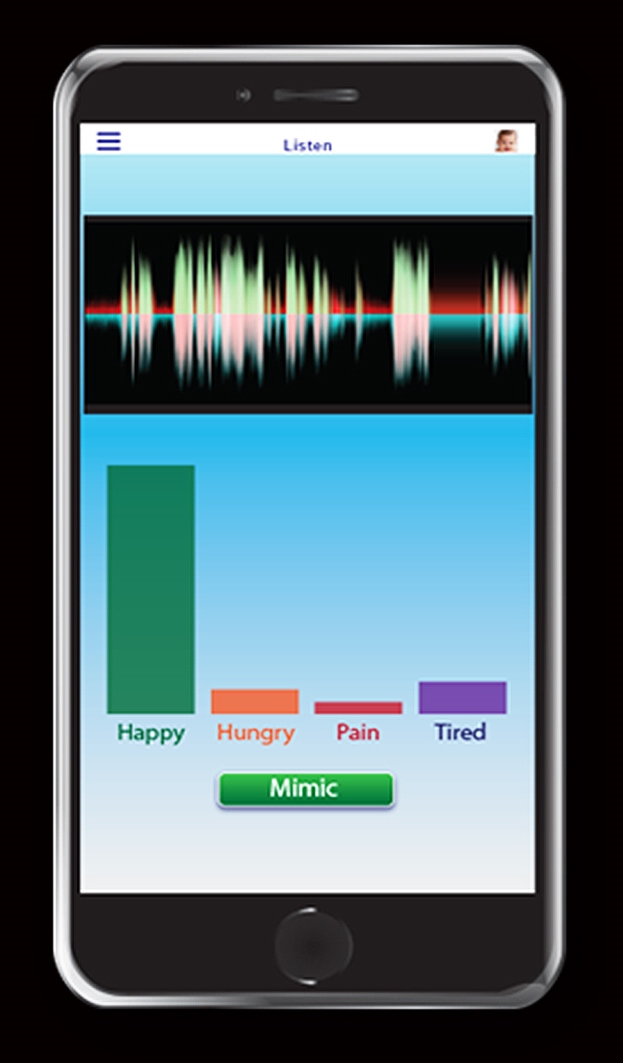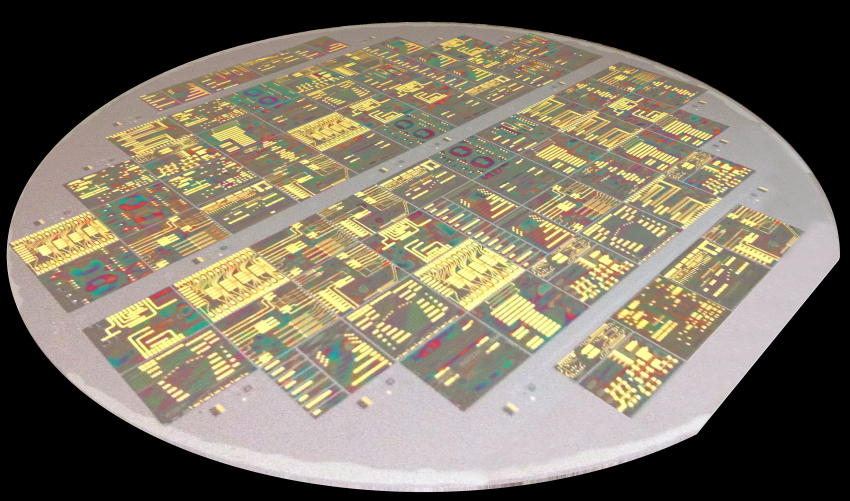
App shows parents why their baby is crying
Hearing-impaired parents cannot hear when their baby is crying, let alone hear why. Is he tired, hungry, or simply unhappy? A new app now provides a solution. From an audio recording of only five seconds, the app can determine the reason for a baby's screams, so that the parents can spring into action.
A crying baby can make new parents feel very unsure of themselves, or even panicky. And the reason for the upset often remains unclear. The apple of your eye can't yet communicate, so a trial and error approach is sometimes the only solution: has the baby been fed? Check. Is the nappy still clean? Check. Is he not too warm or too cold? Check.
This is already a lot of effort and a challenge for parents who have normal hearing, but imagine how difficult it is if both parents are hearing impaired. Admittedly, that's a small target group, but large enough for scientists at the University of California in Los Angeles (UCLA) to develop the ChatterBaby app.
Unhappy or pain
 The software records five seconds of baby sounds and analyses various components, such as the most common frequencies and the periods between loud sounds and silences. ‘If you hear a baby cry with long periods of silence in between, there's a good chance that he or she is unhappy,’ explains project manager Ariana Anderson of UCLA in a press release. 'When a baby is suffering real pain however, the cries are usually louder with fewer moments of silence between the bursts.’
The software records five seconds of baby sounds and analyses various components, such as the most common frequencies and the periods between loud sounds and silences. ‘If you hear a baby cry with long periods of silence in between, there's a good chance that he or she is unhappy,’ explains project manager Ariana Anderson of UCLA in a press release. 'When a baby is suffering real pain however, the cries are usually louder with fewer moments of silence between the bursts.’
Around two thousand audio recordings of babies crying were used to create the app. A special algorithm was then written in order to analyse these sounds. Following the analysis, the app suggests the probable cause of the baby's discomfort, on a smartphone or tablet.
This is done using bars that indicate the degree of probability. This makes sense, because nobody can say for sure why a baby cries. But to give an idea: during the initial tests, the software successfully recognised pain (caused by a vaccination or cosmetically piercing babies’ ears) in 90% of the cases.
Autism
One of the couples participating in the UCLA research is Delbert and Sanaz Whetter, who are both hearing impaired. If they are in a different room in the house to their baby, they use cameras and sound detectors to keep an eye on their little one by means of a tablet. Loud noises trigger an alarm, but 'it was difficult to distinguish between babbling and crying until now. For the first time, we're reasonably certain as to why our baby's crying,' says Delbert Whetter.
The UCLA researchers plan to take their app even further. They aim to use the sound fragments uploaded by people (anonymised) for broad analysis in order to detect early warning signs of certain disorders, such as autism. The theory is that the crying pattern of young babies may well give clues regarding the chance of developing autism. This research is still very much in its infancy however.
Crying fits
While ChatterBaby mainly seems to provide a solution for hearing-impaired parents of young babies, parents with normal hearing may also be fascinated when trying out the app. They too can often be uncertain why their baby is crying. Who knows, this software may well teach people something about their own child's crying. The ChatterBaby app can be downloaded free of charge in the app stores for iPhone and Android and on the Chatterbaby.org website, where more background information is available.
If you found this article interesting, subscribe for free to our weekly newsletter!
Images: UCLA






